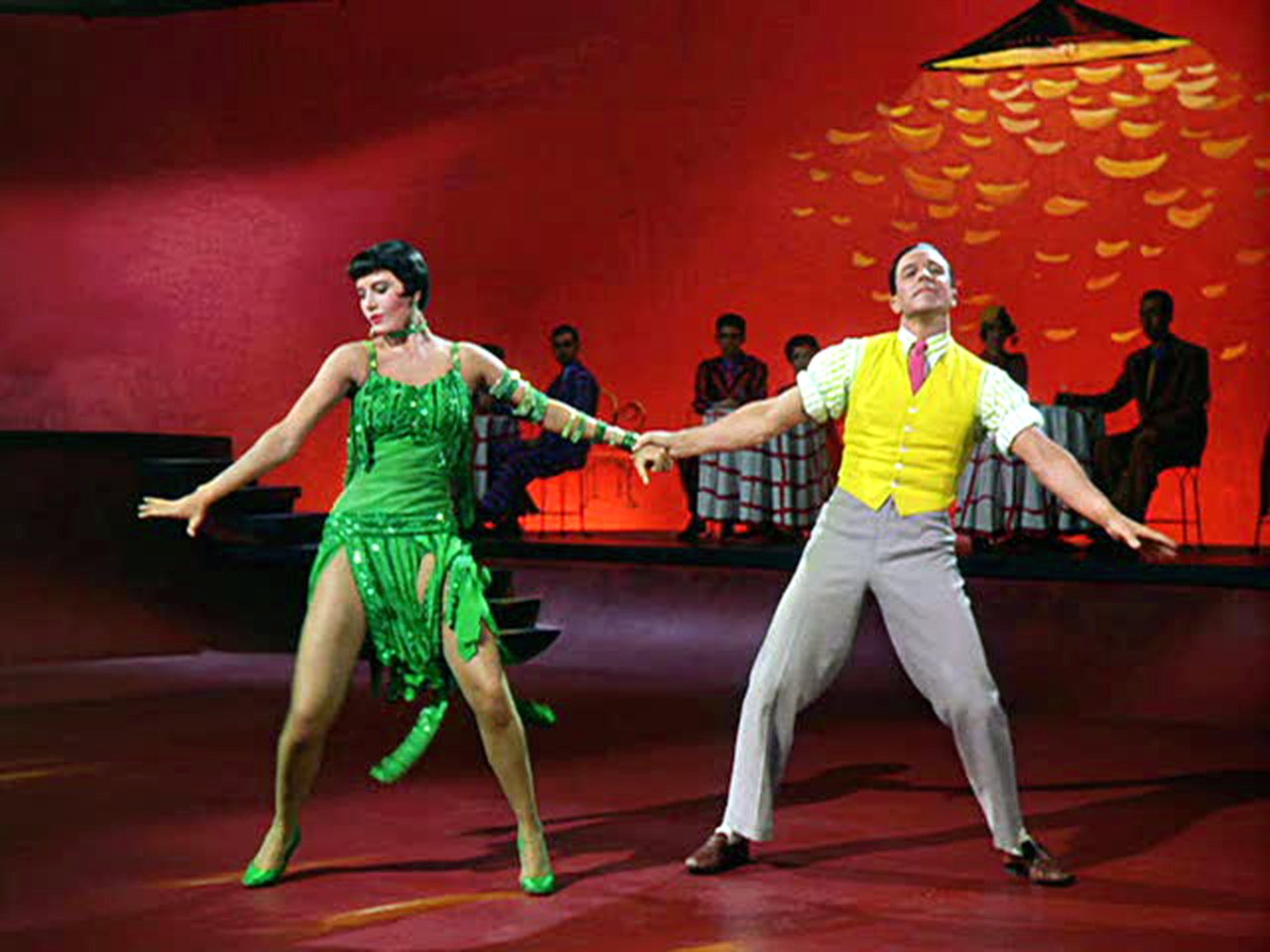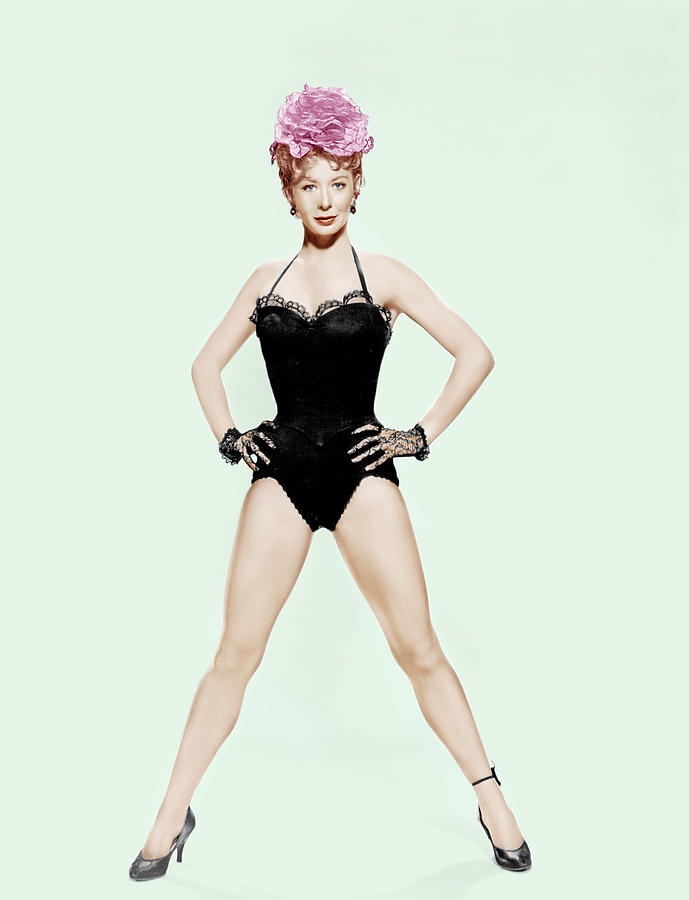Joffrey Ballet School dance teacher, Bill Waldinger, gives us the low down on traditional jazz
I’ve been traveling the country more frequently to guest teach. And as I meet more and more teachers, studio owners and competition directors, I’ve received some inquiries as to why I’m teaching the Luigi Jazz Technique.
It seems as if there is a perception that this kind of traditional jazz is in some way not relevant/helpful in the training of today’s young dancers.
I have also encountered some dance conventions and organizations that are not looking for teachers who teach “technique” but are instead looking for teachers who present “fun choreography”; especially if the dancers are “already warm”.
I teach both Classical Ballet and The Luigi Jazz Technique at numerous schools in New York City and I have made it my personal mission to keep the work of my mentor, Luigi, alive.
There are two aspects to this work. Firstly, there is the “Style”. Luigi created an unmistakable and beautifully exquisite style of Jazz that seems to have all but disappeared.
And here’s the thing: I AGREE that there isn’t a lot of usefulness to teaching the Style for its own sake. There has been very little work choreographed in his style, and there certainly are not many jobs waiting for dancers familiar with the style.
BUT THERE IS MORE TO THIS WORK THAN THE STYLE. The Luigi Technique is also a codified training method. And this METHOD has been responsible for the creation of some of the most beautiful, unique and exciting dancers that the stage has ever seen.
The technique teaches a beautiful QUALITY OF MOVEMENT; something that I see missing from today’s dancers. It teaches how to develop a deeply personal style, how the body works, how to use epaulment, how the torso is carried, how the rib cage is held, how the arms connect to the back, how to create a beautiful port de bras, or a long line that goes on forever, how to feel the music, how to phrase, how to “Dance from the inside”, how to “Feel first, then do”, and how to “Never Stop Moving”.

The Luigi method divides the class in half. The first 45 minutes is devoted to the technique exercises/warm up. The second 45 minutes is spent on a combination.
With respect to the Luigi technique exercises and warm up: the warm up is so much more than just a means of warming up the body. I would never entertain the idea of skipping the warm-up simply because the dancers are already warm… Especially at a convention.
Don’t dancers come to conventions to LEARN to dance? They can learn STEPS on YouTube. They do not need me to teach them steps. The majority of the teaching of Jazz occurs during the warm-up.
If we are going to teach jazz as a technique, we have to TEACH Jazz. Real jazz has a look, a style, a feeling, a sense of musicality and rhythm, a deep connection to the ground that is also lifted and pulled up.

The truly great Jazz dancers: Cyd Charisse, Bob Fosse, Carol Haney, Gwen Verdon, Gene Kelly, Ben Vereen, Chita Rivera exemplified this “look” this “style”.
It brings to mind the idea that “Ballet defies gravity, Modern Dance plays with gravity, and Jazz acknowledges gravity…BUT IT GOES DOWN FIGHTING”.
That look of being lifted and pulled down into the ground simultaneously must be TAUGHT and STUDIED. When I teach at conventions, whether the dancers are warm or not, the warm up / technique exercises is the most important part of my class. And when taught right…the warm up can be incredibly exciting as dancers find a new way to work. They find things they never felt before.
And by working this way, one day they will discover a REAL DANCER looking back at them in the mirror as their body acquires real Jazz technique.
Yes…there will be a combination; the point of which is to work on the TECHNIQUE that makes JAZZ the great American art form that it is. Jazz is not about steps or choreography. It is about style, look, musicality and feeling.
If we present kids with work that is of REAL QUALITY they will know it, they will embrace it and they will GROW. Isn’t that the point of a CLASS?

There are a few of us (former students of Luigi) left teaching this work. I, however, refuse to turn the technique into a museum piece. Although I do teach the technique and style the way as he did, I teach it in a manner that allows dancers to apply the training to ANY STYLE.
I want the technique to be a living growing evolving and exciting way to train dancers. I want my students to pulse with the excitement that this technique brings, and to come away a more beautiful, more nuanced, more artistic, more unique, more exciting dancer in any and every style they approach be it contemporary, hip hop, lyrical, jazz, ballet….the list goes on…

Every time I visit a new school or studio as a guest teacher I am always thrilled as I watch dancers explore this way of working.
It’s like opening a door for them; a door they never knew existed. And that is why I am teaching this work.


